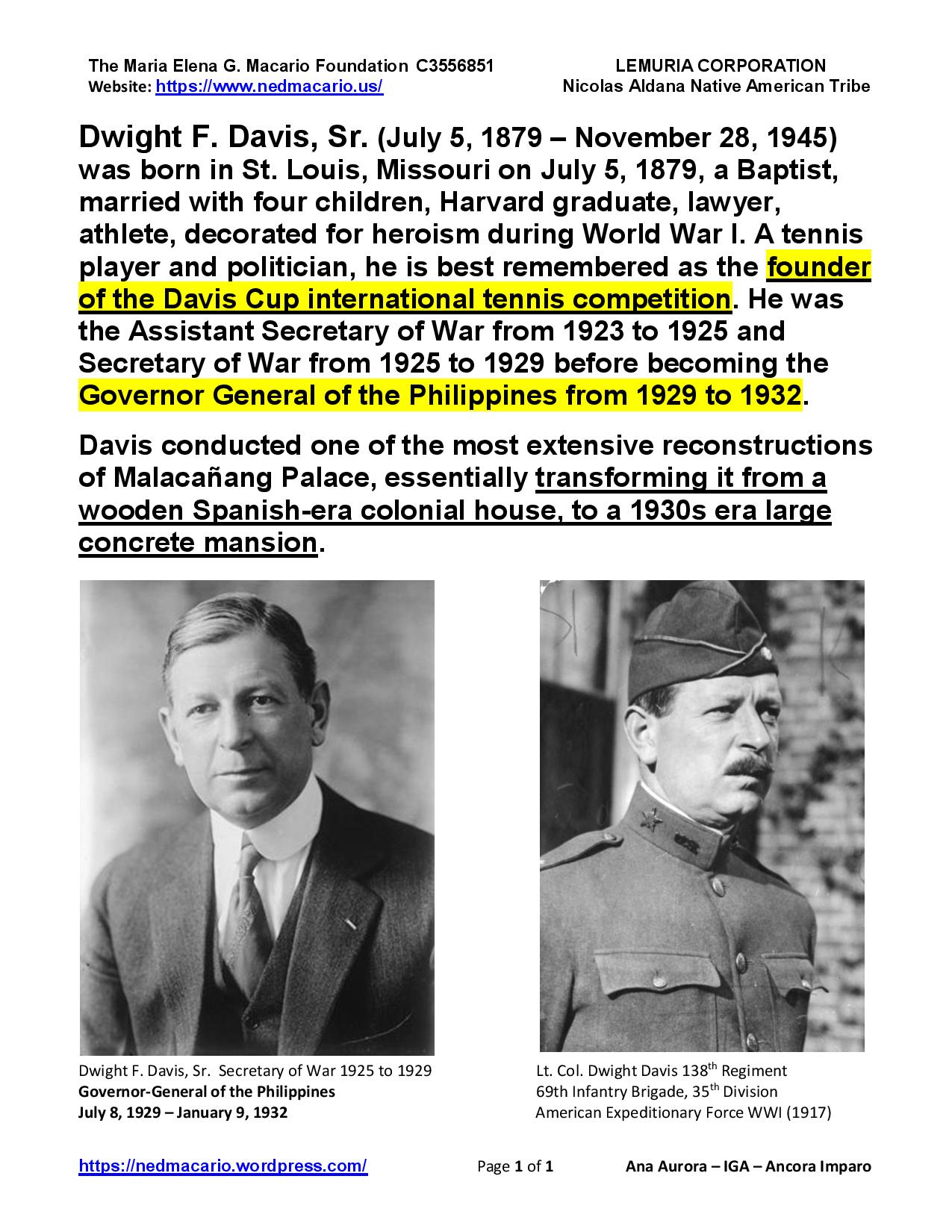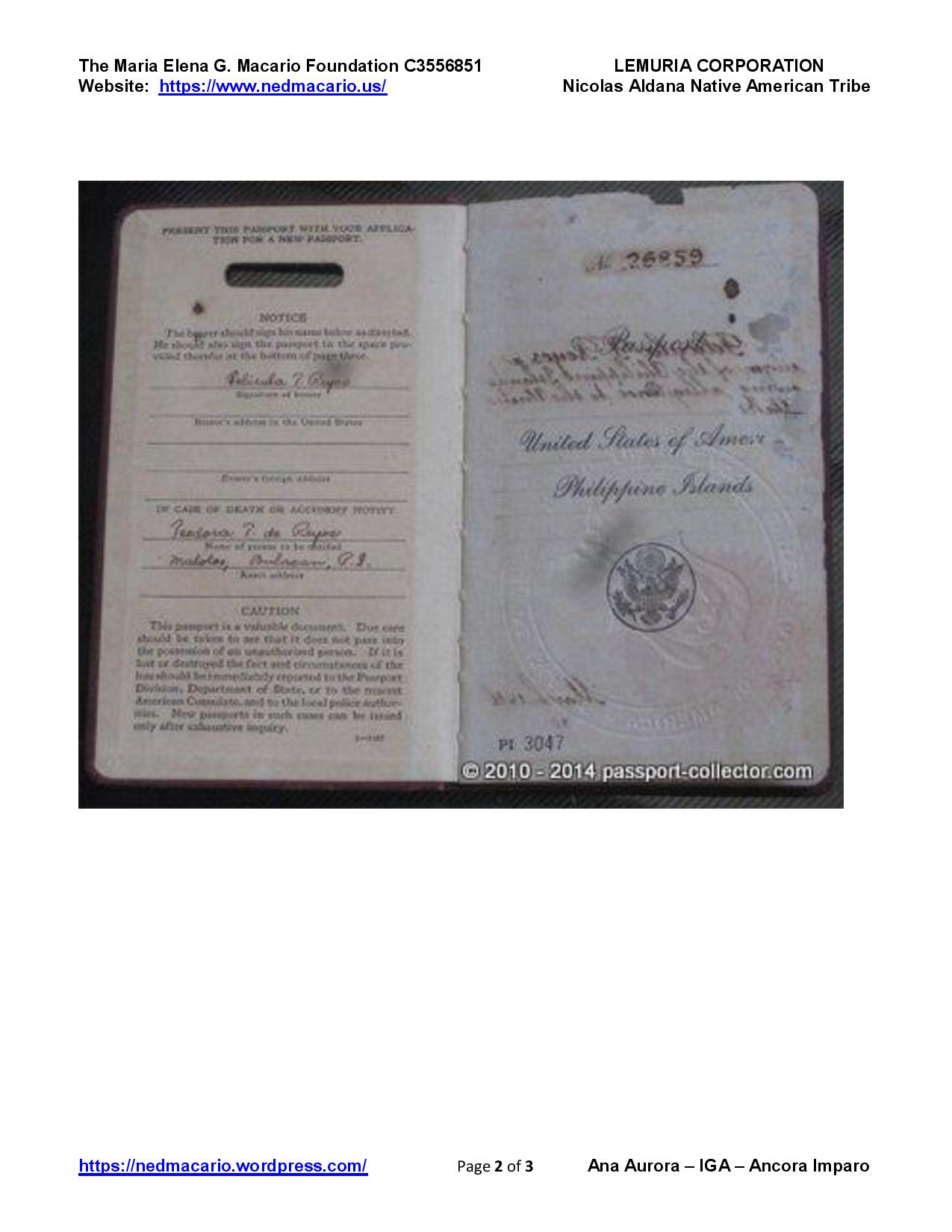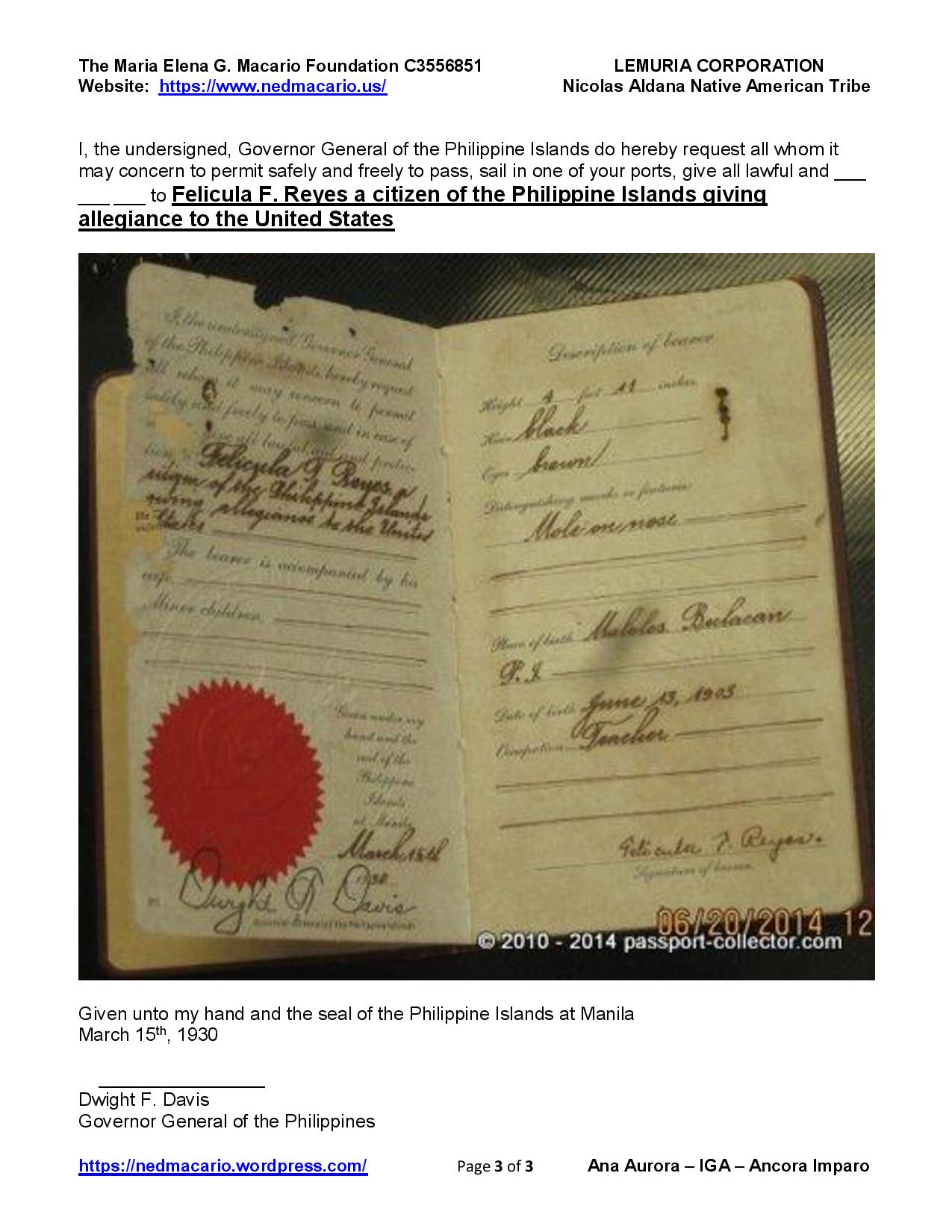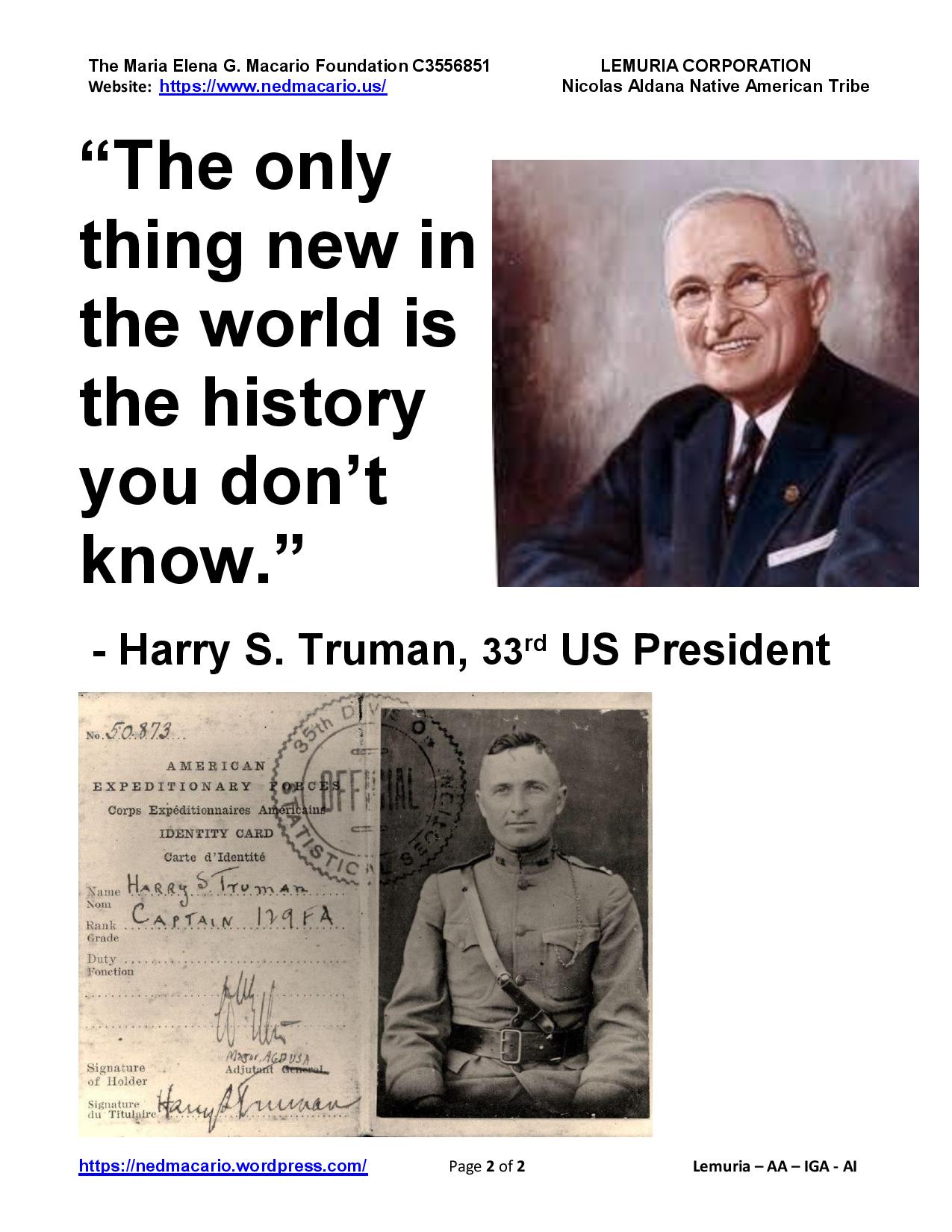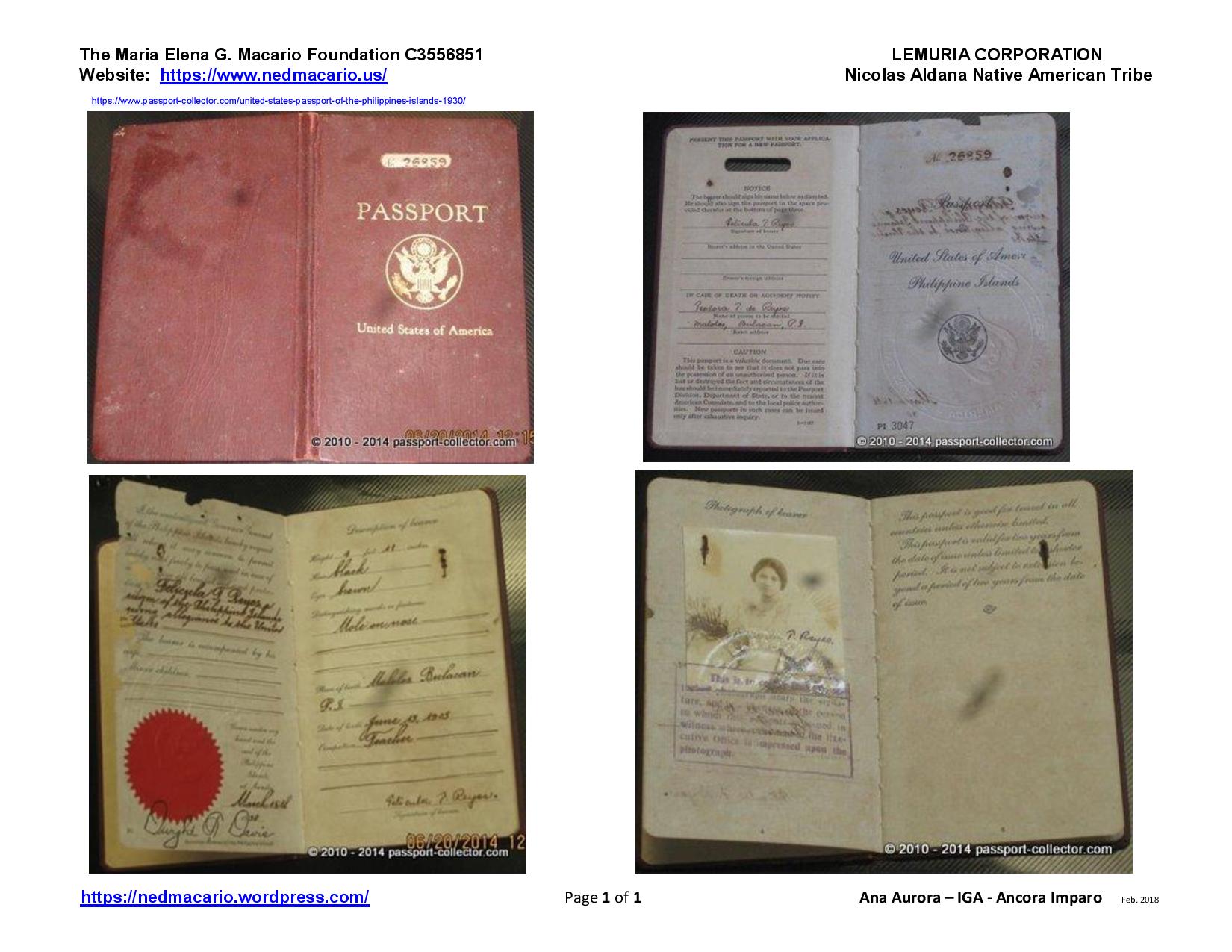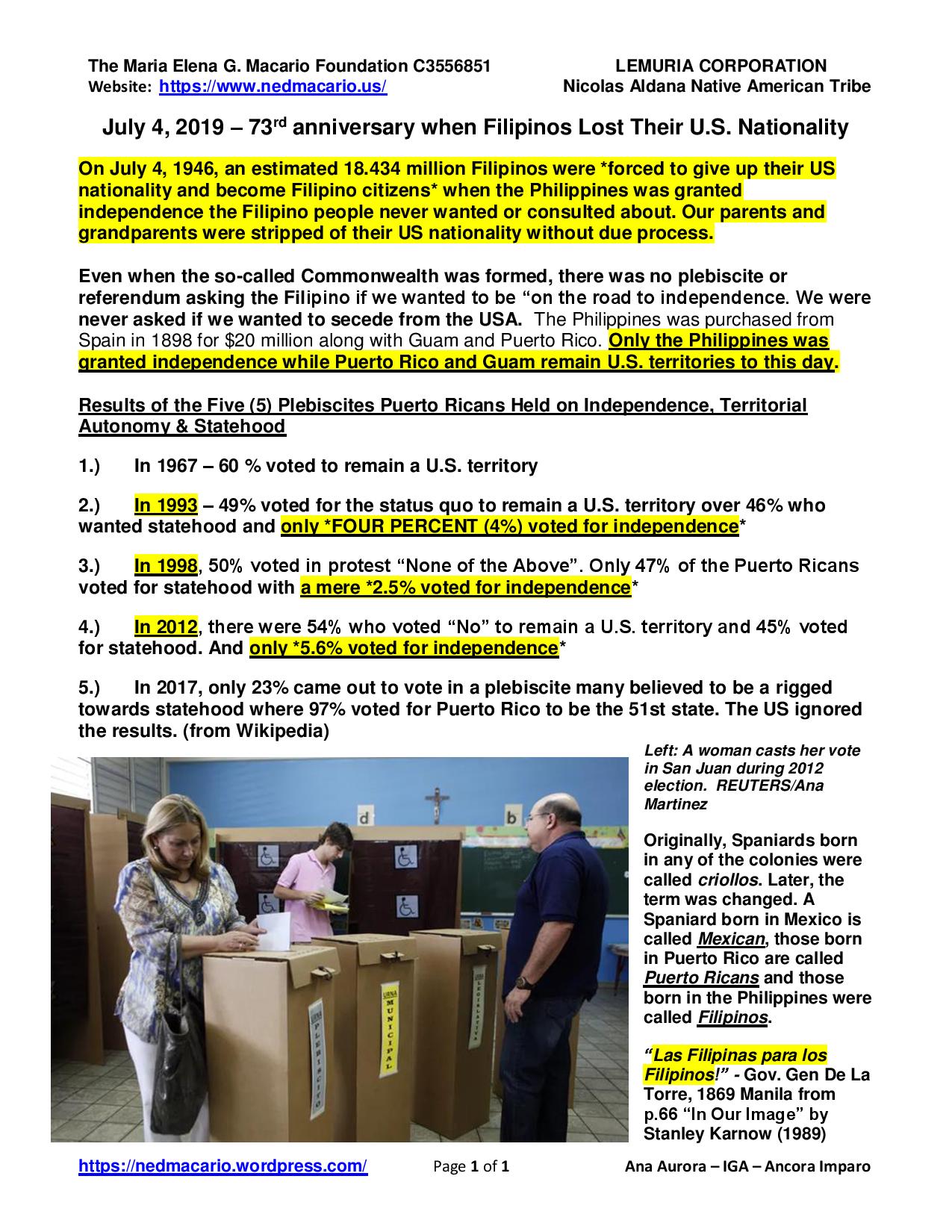Dwight F. Davis, Sr. (July 5, 1879 – November 28, 1945) was born in St. Louis, Missouri on July 5, 1879, a Baptist, married with four children, Harvard graduate, lawyer, athlete, decorated for heroism during World War I. A tennis player and politician, he is best remembered as the founder of the Davis Cup international tennis competition. He was the Assistant Secretary of War from 1923 to 1925 and Secretary of War from 1925 to 1929 before becoming the *Governor General of the Philippines from 1929 to 1932.
Davis conducted one of the most extensive reconstructions of Malacañang Palace, essentially transforming it from a wooden Spanish-era colonial house, to a 1930s era large concrete mansion.
Davis graduated from the officer training program at Plattsburg, New York, and went on to serve in the American Expeditionary Force in France with the 35th Division of the 138th Infantry Regiment, in the final phase of the First World War. He served alongside a future US President, then “an obscure artillery battery commander by the name of Captain Harry S Truman”. The final months of the war saw over one million Americans take part in the series of Allied attacks, known as the Hundred Days Offensive. Part of this, last 47 days of the war, was the Meuse-Argonne Offensive (sometimes called the Battle of Argonne Forest), where Lieutenant Colonel Dwight Davis earned both a Distinguished Service Cross and a Silver Star Citation for “extraordinary heroism in action”.
Below are series of photos from a U.S. Passport (No. 26859) issued to Felicula F. Reyes, a citizen of the Philippine Islands. The U.S. passport was signed by Dwight F Davis, U.S. Governor-General of the Philippines from July 8, 1929 to January 9, 1932. Dwight Davis was a professional tennis player and politician. He is best remembered as the founder of the Davis Cup International Tennis Competition. At this time, the Philippines was a U.S. territory just like Guam and Puerto Rico are to this day.
Lower left Photo: ”I, the undersigned, Governor General of the Philippine Islands do hereby request all whom it may concern to permit safely and freely to pass, sail in one of your ports, give all lawful and ___
___ ___ to Felicula F. Reyes a citizen of the Philippine Islands giving allegiance to the United States
Given unto my hand and the seal of the Philippine Islands at Manila
March 15th, 1930
________________
Dwight F. Davis*
Governor General of the Philippines”

